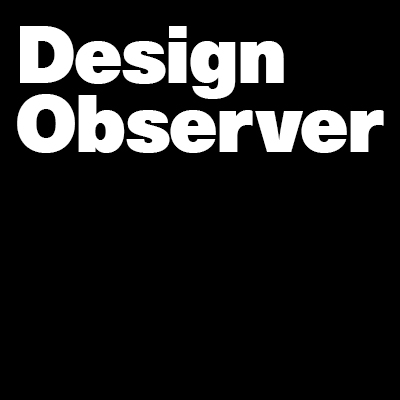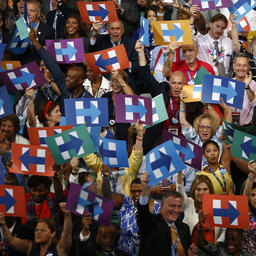 I’m With Her
I’m With Herby Michael Bierut
The logo we designed for Hillary Clinton wasn’t clever or artful. I didn’t care about that. I wanted something that you didn’t need a software tutorial to create, something as simple as a peace sign or a smiley face. I wanted a logo that a five-year-old could make with construction paper and kindergarten scissors.
 The Future of Graphic and Communication Design
The Future of Graphic and Communication Designby Juliette Cezzar
A look at how our roles as designers are ever evolving.
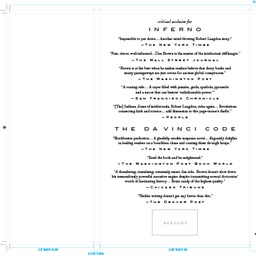 Design Competition as Bake-Off
Design Competition as Bake-Offby Jessica Helfand
The idea of book design rendered as a global free-for-all likens the act of cover design to a giant bake-off. But books are not brownies, and design, like literature, is not a sweet shop.
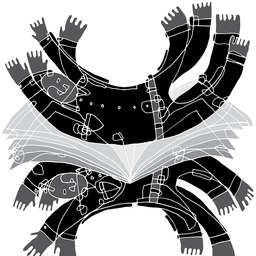 Graphic Design is a Literary Discipline
Graphic Design is a Literary Disciplineby Brian LaRossa
Writers, editors, and designers speak the same language.
 How You Can Tell If You Are An Old Fogey Designer
How You Can Tell If You Are An Old Fogey Designerby Steven Heller
Ten questions to determine your level of old fogey-hood.
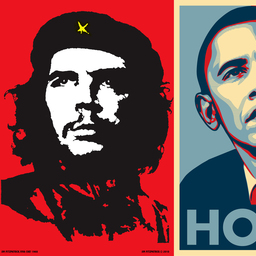 How Shepard Fairey’s HOPE Poster Helped Elect Donald Trump
How Shepard Fairey’s HOPE Poster Helped Elect Donald Trumpby Christopher Simmons
On the eve of Donald Trump’s inauguration, it’s useful to consider how the poster that helped propel Obama to the presidency laid the framework for Trump’s ascendancy as well.
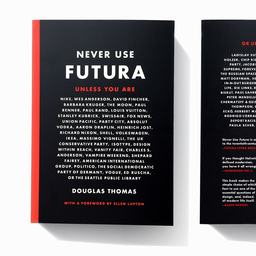 Never Use Futura
Never Use Futuraby Maya P. Lim
It could have been Never Use Comic Sans. Or Never Use Arial. Or—dare I write it?—Never Use Helvetica. Instead, Douglas Thomas chose Futura.
 A Busy Woman
A Busy Womanby Cheryl Heller
Through corporate success, betrayal, and reinvention, Cheryl Heller found a new sense of strength in the face of uncertainty—and an understanding of what you just shouldn’t stomach anymore.
 Dear Class of 2017
Dear Class of 2017by John Caserta
Just because you’re getting a degree in Graphic Design doesn’t mean you’re required to get a job as a graphic designer—or that you have to do it for the rest of your life.
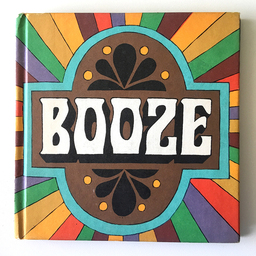 John Astrop and Eric Hill, Booze, 1967
John Astrop and Eric Hill, Booze, 1967by Sean Adams
Historic design work, linked to the cultural standards of its time, is often unacceptable now. Does that make it bad? Should the creator be vilified? Should the offending design work be eliminated from a classroom or book?

